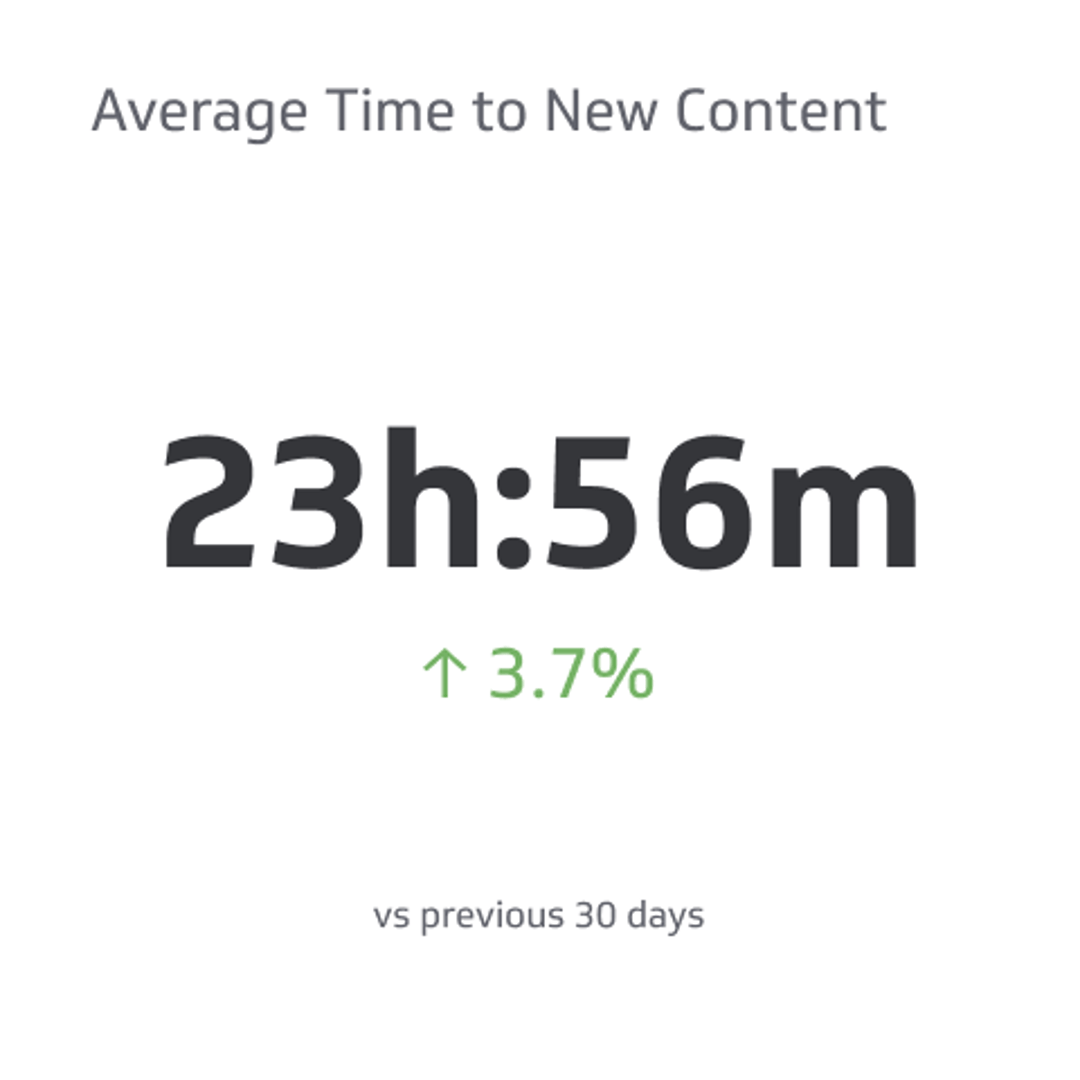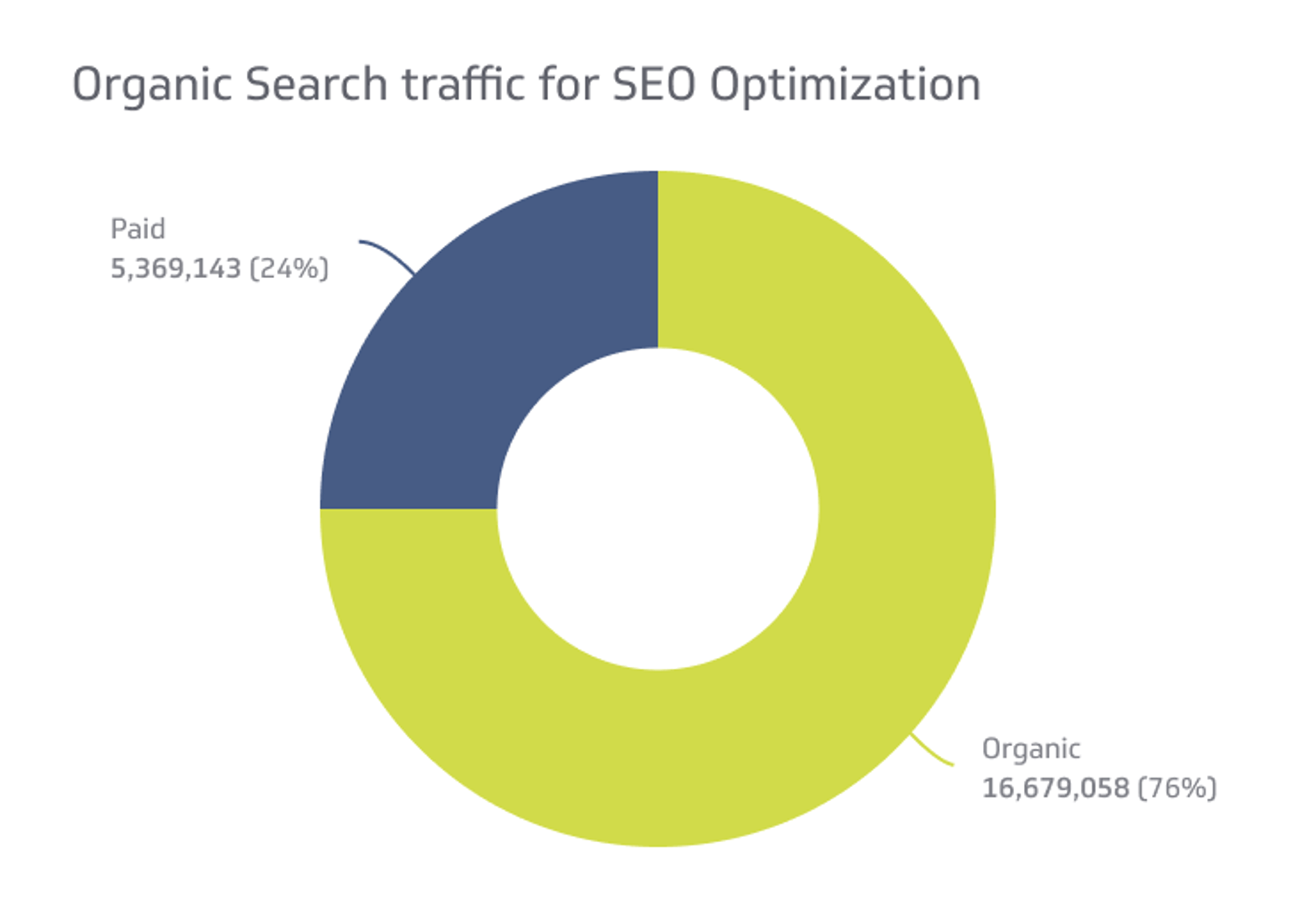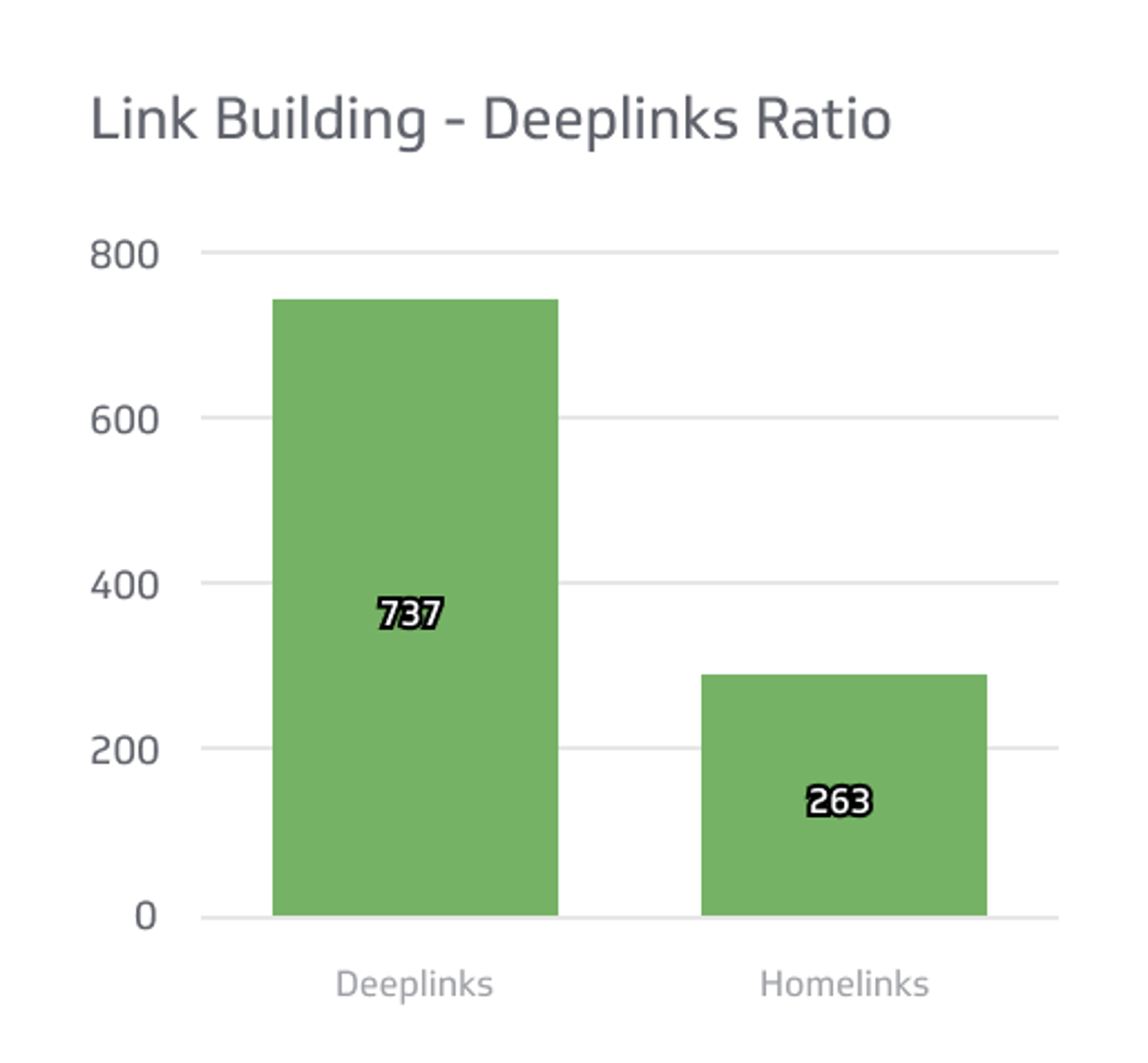Landing Page Performance Optimization Metric
Optimize your landing pages to increase conversion rate, and decrease bounce rate.
Track all your SEO KPIs in one place
Sign up for free and start making decisions for your business with confidence.
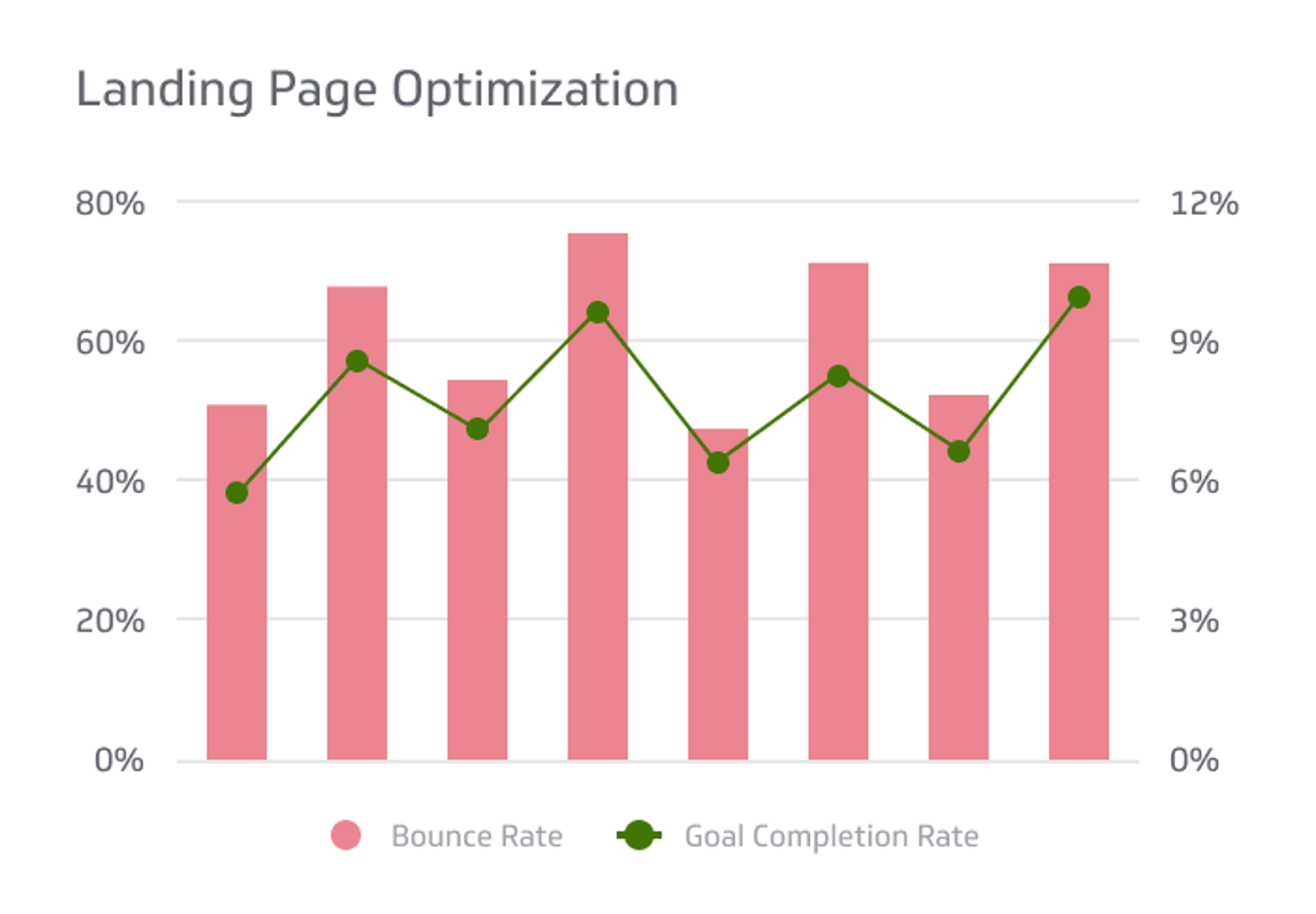
What is a landing page?
Quicksprout defines a landing page is any page that gets traffic from anywhere other than the same pages on your site. Landing pages are most commonly associated with pay-per-click ads like Google Adwords, where you can drive traffic to a specific URL that has been designed to receive those visitors.
Why is SEO important for landing page performance Optimization?
The key to a successful landing page is to make it targeted for your specific customer. To do so, SEO is critical to ensure that it is that specific customer that is going to your landing page.
The content on your landing pages are valuable. Especially if the landing page will be live for an extended period of time. If you’re seeing high bounce rates, meaning your conversion rates are probably lower than industry average, than the best place to start for improvement is asking yourself: Who is this page targeting?
When you define your target audience and utilize SEO to optimize that page for the user, you’ll start seeing the landing page performance you want. Seems to simple? Consider this: SEO drives the right people to your landing page, who are much more likely to convert.
How can SEO contribute to landing page performance optimization?
Unbounce, a landing page builder designed for marketers to test mobile-responsive landing pages for campaigns, provides the following expert tips to for landing page performance optimization with SEO:
- Text headlines
- Setting expectations
- Pure optimized HTML
- Provide a valuable resource to gain links
- Reduced PPC costs
Consider the impact of using a text headline for your primary messaging/statement instead of having it inside an image. Placing it into an H1 could give you some bonus points. Yes, you might sacri?ce visual quality, but there are ways around that with ?ash replacement etc. and if the goal of your page is to attract organic traffic you need to be willing to make some trade offs. Pick your priority and make your decision.
It’s important to recognize that a single page that doesn’t sit within an architecture of internal linking is going to struggle a bit when it comes to ranking well. Focus on long tail terms for your content.
Single landing pages are good candidates for producing clean focused content as you don’t have to include the bloated common structural elements of a full website.
Most evergreen landing pages (ones that are in place for the long haul – year round as opposed to seasonal) exist for the purpose of lead gen. If you give away something (a whitepaper or eBook) that contains excellent content you are more likely to attract inbound links.
The closer the content on your landing page can match the copy and link title from your AdWords campaigns, the more relevancy (and Quality Score) Google attributes to your intentions which results in a lower cost for your chosen PPC keywords.
Landing page performance KPIs and metrics to measure and monitor optimization
Like all SEO, landing page performance optimization does not generate immediate results. Always keep in mind that the future payoffs are well worth it, not only in increasing your conversion rate, but also in generating more highly qualified leads. Add the following KPIs to your SEO dashboard to track your landing page performance optimization:
Landing Page Performance by Total Search Traffic (last 30 days)
Your landing page is the backbone of your marketing campaign. Make sure people are seeing it by tracking views this month-to-date, and compare it to last month and your target. Learn more: Google Analytics Dashboard.

Landing Page Performance for Organic Searches (last 30 days)
Get a quick, at-a-glance reference on how your landing pages are performing against your total search traffic. Learn more: Google Analytics Dashboard.

Landing Page Traffic by Source/ Medium
Rank your top traffic sources based on engagement, conversion rate, bounce rate and more important metrics. Learn more: Google Analytics Dashboard.
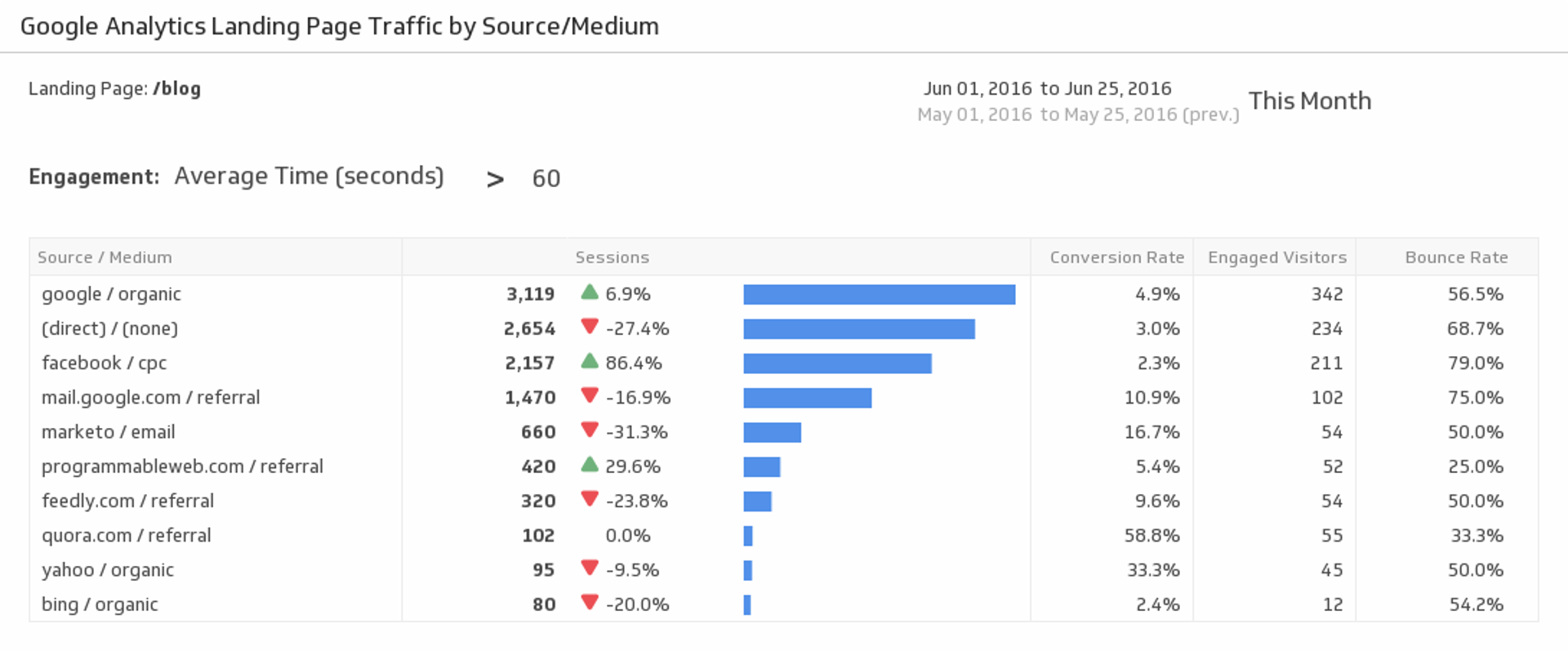
Landing Page Views
Your landing page is the backbone of your marketing campaign. Make sure people are seeing it by tracking views this month-to-date, and compare it to last month and your target. Learn more: Google Analytics Dashboard.
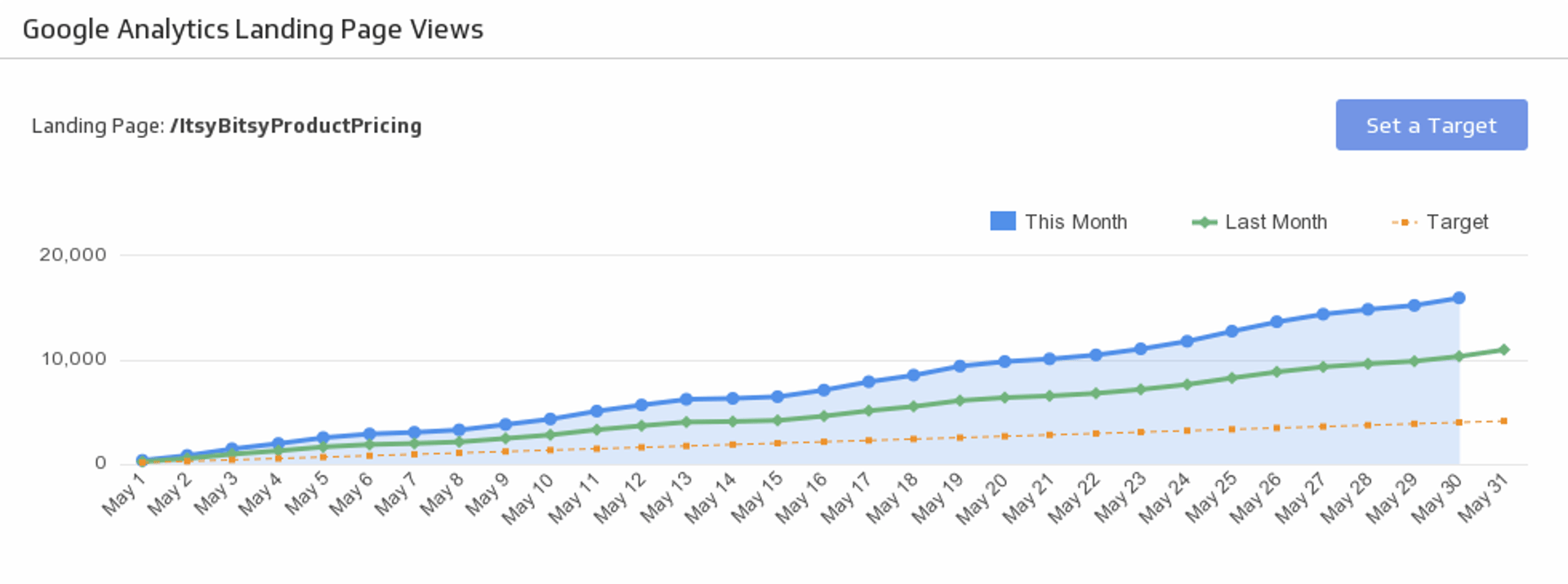
Leads (last 30 days)
Track the number leads you have gained over the past 30 days and compare to the previous 30 days. Learn more: HubSpot Dashboard.
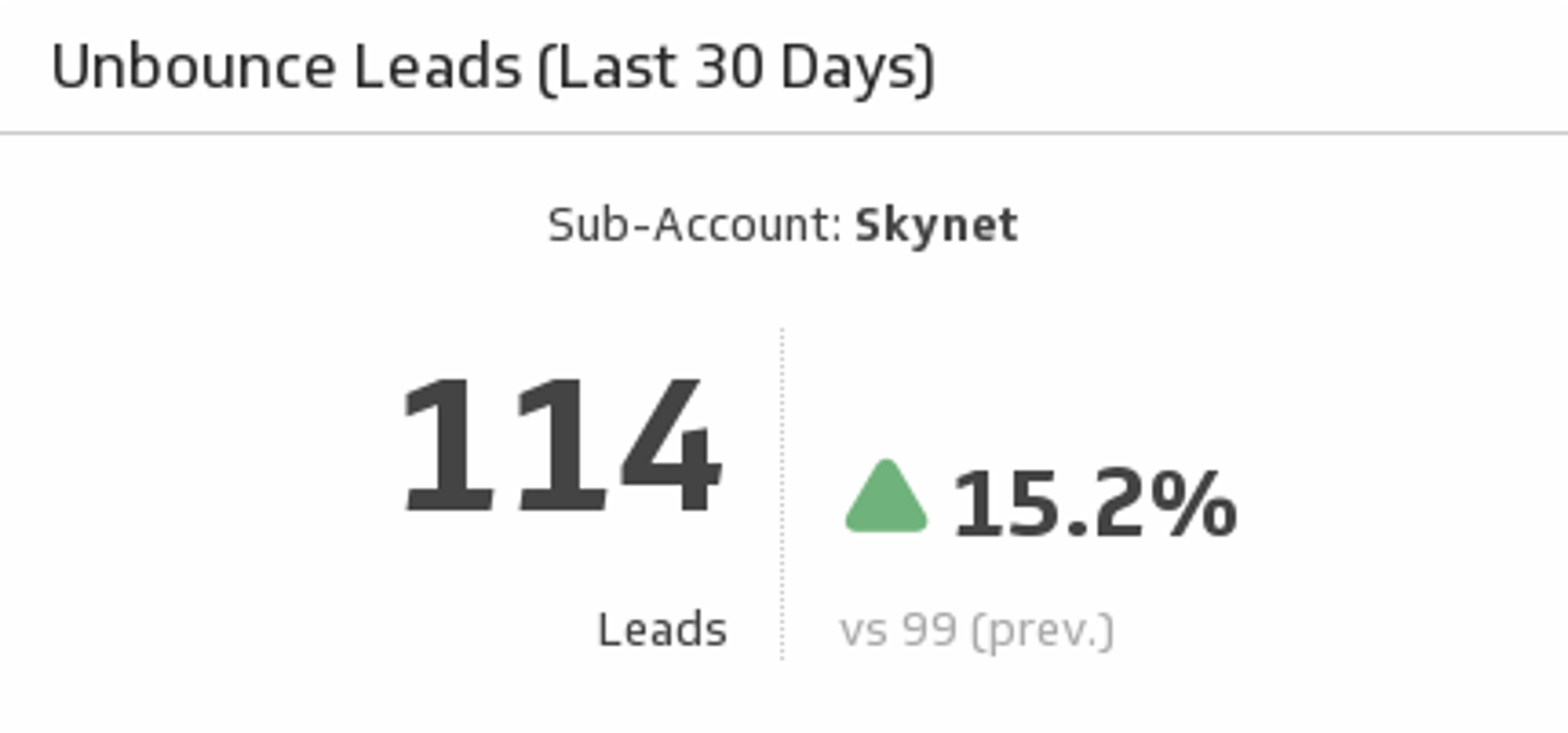
Landing Page Optimization Stats
Use your key landing page metrics to discover the success of your lead generation efforts. Learn more: HubSpot Dashboard.


